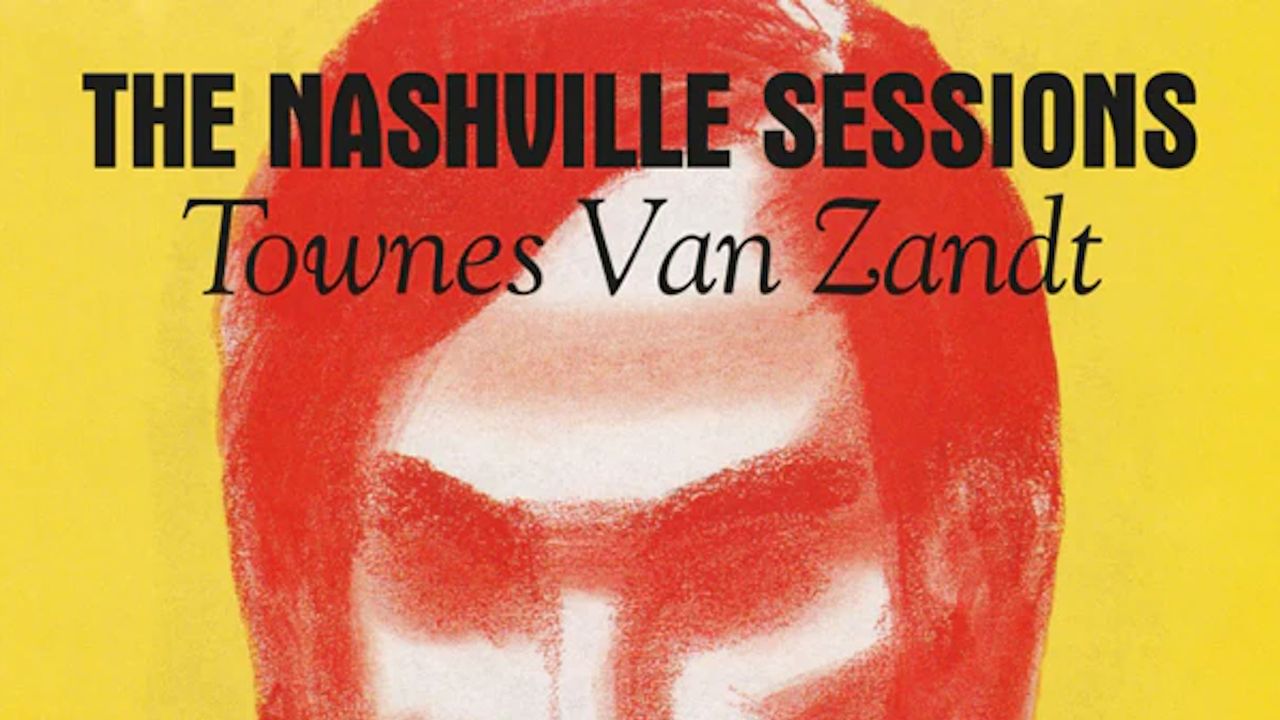To really die you have to die three ways. Townes Van Zandt discovered this after overdosing on model airplane glue. He was declared DOA at the hospital where, to hear him tell it, he sat for an hour and a half while doctors debated just how dead he was. “There’s brain death, which I’ve suffered. There’s respiratory death, which I haven’t suffered yet. And there’s heart death, which I go through every two or three months,” he told filmmaker James Szalapski. “But I figure if you’re ever all three of those at once, that’s it. That’s the ballgame.”
Van Zandt died more than most because he lived more than most. He reasoned that to write great songs, he would have to experience everything that he could survive and a few things he couldn’t. As a freshman at the University of Colorado at Boulder, he tipped backward over the railing of a fourth-story balcony just to see how it felt to lose control. “I started leaning back really slow, and really paying attention,” he recalled to journalist William Hedgepeth. “I fell over backwards and landed four stories down flat on my back. I remember the impact and exactly what it felt like and all the people screaming.” This kind of thing makes for a good story but a turbulent life. Van Zandt kept his balance between chaos and calm for as long as he could, but he always knew which way he would fall.
Whatever fame Van Zandt achieved was very nearly accidental. He went along, in a limited way, with the machinations of the music industry, recording six remarkable albums in five years between 1968 and 1972. Almost despite himself, he was on the verge of a breakout success with his seventh record, to be called Seven Come Eleven. Recorded in the spring of 1974, it was meant to build on his considerable momentum and launch him onto the national stage. However, the album would not be released for nearly 20 years. By the time it hit shelves in 1993, now titled The Nashville Sessions, Van Zandt was a cult figure, a songwriter’s songwriter better known for other artists’ covers of his work. Rather than a career-defining album, Seven Come Eleven had become a footnote in a tragic story.
Van Zandt came from a reputable family. Townes Hall at the University of Texas is named after one side and Van Zandt County, outside of Dallas, after the other. His father was high up in the oil industry and his mother wanted Townes to be a lawyer or a politician or an oil man himself. Van Zandt mainly wanted to get drunk and hit the road. After the balcony stunt, Townes got a friend to forge a letter to the dean excusing him from the rest of the semester and hitchhiked to Oklahoma and back. Upon learning of this behavior, his parents flew up to Boulder, took him out of college, and put him in a psychiatric hospital in Galveston, where he received a combination of insulin coma therapy and electroshock therapy. At the time, this method was at the cutting edge for his diagnosis of “schizophrenic reaction.” A side effect of the three-month-long treatment was the erasure of his long-term memory. Afterward, he had to be reintroduced to his mother: She was the one with the long hair.
